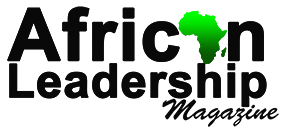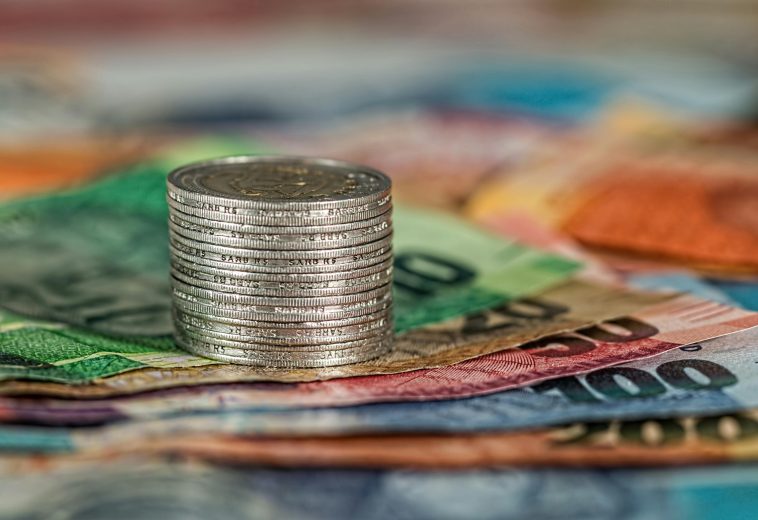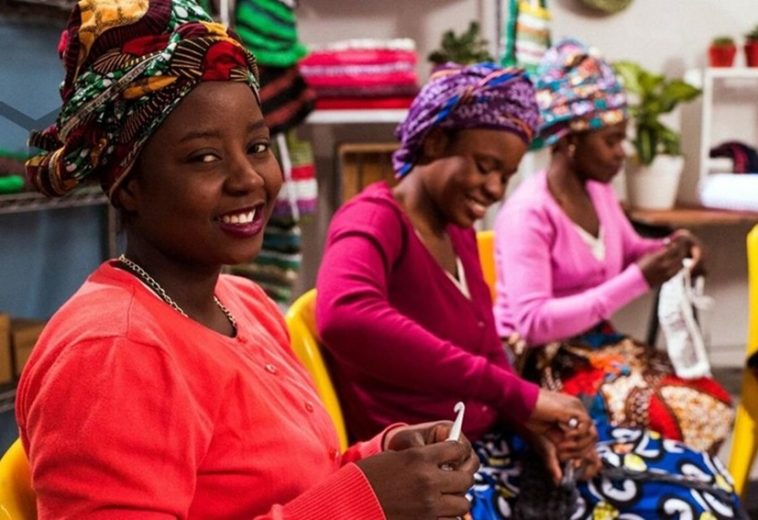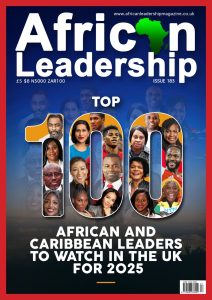For decades, Africa has been the world’s largest recipient of foreign aid. From humanitarian relief to economic development assistance, billions of dollars have flowed into the continent with the aim of alleviating poverty and fostering growth. Yet, despite these efforts, many African nations still grapple with underdevelopment, high debt levels, and economic dependency.
Over the past 30 years, Africa has received more than $1.2 trillion in aid from international donors, including the World Bank, the International Monetary Fund (IMF), and bilateral partners like the United States and the European Union. However, the results have been mixed, with some scholars arguing that aid has entrenched a cycle of dependency rather than fostering sustainable growth.
READ ALSO: Africa’s Foreign Aid Dependency: The Double-Edged Sword
According to One Data, in 2023, global aid totalled US$223.3 billion, reflecting a 1.6% increase from the previous year (preliminary data). Development Assistance Committee (DAC) donors allocated 0.37% of their Gross National Income (GNI) to aid, falling US$196 billion short of their commitment to spend 0.7% of GNI.
Aid directed to African countries amounted to US$59.7 billion, accounting for 26.8% of total global aid. Distribution by income levels showed that 16.1% of aid went to low-income countries, 23.3% to lower-middle-income countries, 21.8% to upper-middle-income countries, and only 0.2% to high-income countries. Sector-wise, the health sector received US$24.1 billion, representing 10.3% of total aid in 2023. Meanwhile, humanitarian assistance constituted 13.7% of total aid, amounting to US$32.3 billion in 2022.
The latest IMF report on Sub-Saharan Africa paints a picture of modest economic recovery, projecting 4.2% GDP growth in 2025 after a tough decade marred by debt crises and slow industrialisation. However, with continued external financial pressures and rising interest rates, the time has come for Africa to shift from a model of reliance on aid to one driven by strategic investment and self-sustaining economies.
The Financial Burden of Aid
While aid has played a critical role in Africa’s survival, it has also come at a cost. According to the World Bank, Sub-Saharan Africa’s total external debt reached $600 billion in 2023, with nearly 60% of low-income countries at high risk of debt distress. In many cases, aid is accompanied by conditions that restrict economic sovereignty, tying African governments to policies that may not align with their long-term interests.
Moreover, aid often comes in the form of loans rather than grants, leading to spiralling debt that outpaces economic growth. The IMF estimates that Africa’s debt-to-GDP ratio stands at 30% in 2024, up from 28% in 2010. This raises the fundamental question: Can Africa afford to continue on this trajectory?
Investment as a New Growth Engine
Instead of aid, Africa must pivot toward attracting foreign direct investment (FDI) and building homegrown industries. In 2023, FDI inflows to Africa stood at $53 billion, significantly lower than Asia’s $620 billion and Latin America’s $208 billion. This disparity highlights the urgent need for Africa to create a more attractive investment climate.
Countries like Rwanda, Ethiopia, and Ghana have made strides in improving their business environments, with Rwanda ranking second in Africa for ease of doing business due to its streamlined regulations and investor-friendly policies. Yet, many African nations still suffer from bureaucratic bottlenecks, weak legal frameworks, and inadequate infrastructure, all of which deter investors.
By focusing on industrialisation, technology, and intra-African trade, the continent can shift from an aid-dependent model to one that thrives on investment. The African Continental Free Trade Area (AfCFTA), which aims to create a $3.4 trillion single market, is a step in the right direction, but more action is needed to drive real economic transformation.
How Can This Transition Be Achieved?
Africa’s financial markets remain underdeveloped, limiting access to capital for businesses. According to the IMF, over 12% of Africa’s GDP is financed through local capital markets, compared to 60% in developed economies. By deepening stock exchanges and supporting venture capital, African nations can reduce dependence on external aid.
The private sector is the backbone of any thriving economy. Yet, Africa’s small and medium-sized enterprises (SMEs) struggle with limited financing and poor regulatory frameworks. By providing tax incentives, reducing bureaucratic hurdles, and improving infrastructure, African governments can create an environment where businesses flourish.
Africa is home to 30% of the world’s mineral resources, including gold, diamonds, and lithium. However, the continent exports raw materials rather than processing them locally. By investing in value-added industries, Africa can increase export revenues and create jobs, reducing the need for foreign aid.
Technology is a game-changer for Africa. The fintech revolution, led by companies like M-Pesa in Kenya and Flutterwave in Nigeria, has proven that African innovation can thrive. Investment in tech hubs, digital banking, and e-commerce will drive economic diversification and increase Africa’s global competitiveness.
The Future Beyond Aid
Despite the challenges, Africa is not standing still. Countries like Ethiopia, Kenya, and South Africa are proving that investment-driven growth is possible. Ethiopia, for instance, has invested heavily in manufacturing, making it one of the fastest-growing economies in the world. Similarly, Kenya’s investment in renewable energy has made it a leader in geothermal power production, reducing reliance on foreign energy imports.
As the world shifts towards a more competitive and multipolar economic order, Africa must rewrite its development narrative. Aid can no longer be the primary driver of progress. Instead, the continent must embrace investment, innovation, and self-reliance to unlock its full potential.
The road ahead is challenging, but the rewards are immense. If Africa succeeds in transitioning from aid to investment, the continent will no longer be seen as a recipient but as a major player in the global economy, a powerhouse of opportunity rather than a land of perpetual need.
The time for rethinking Africa’s development model is now. The data is clear: while aid has provided temporary relief, it has not delivered long-term prosperity. By embracing strategic investment, industrialisation, and financial independence, Africa can build a future where it no longer relies on external assistance but stands as a global economic force.
It is time to move from charity to capital, from dependence to dominance, and from surviving to thriving.




